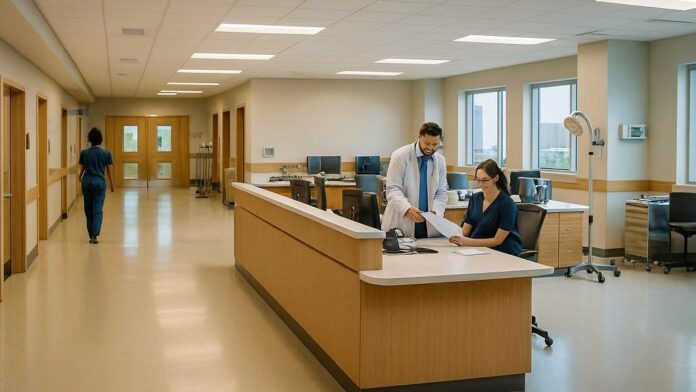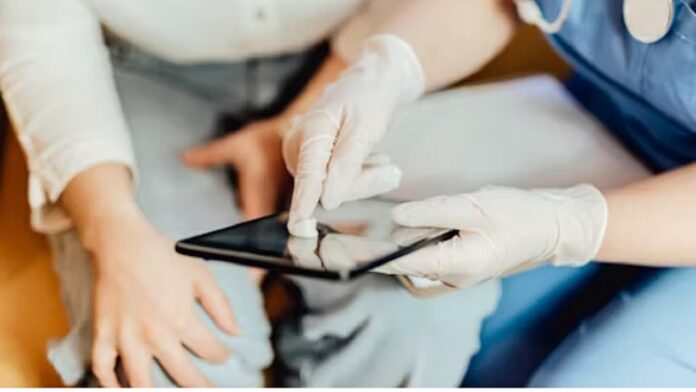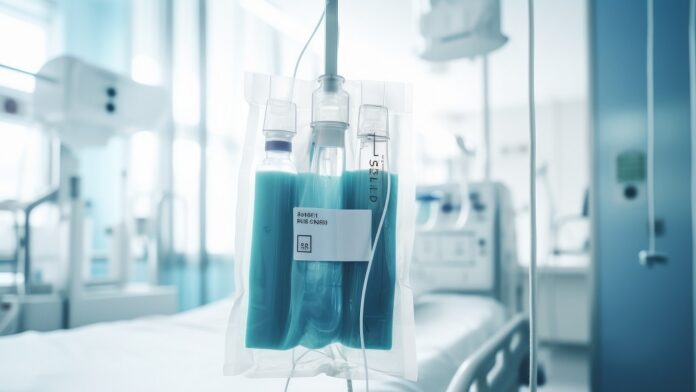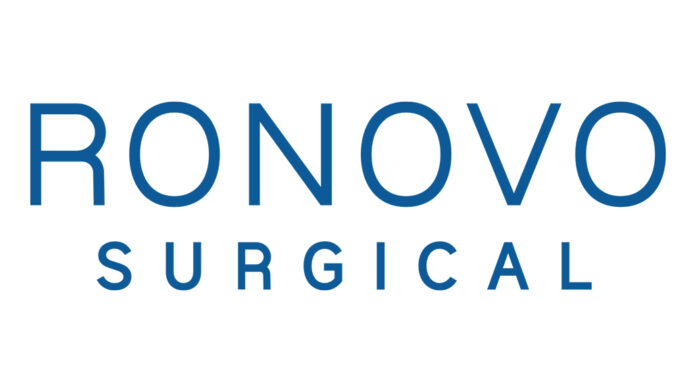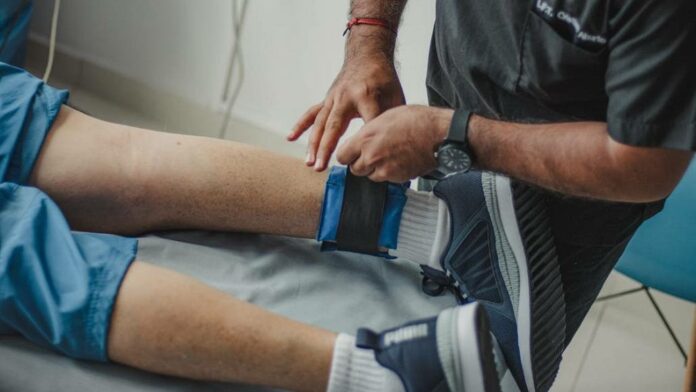Healthcare facilities are complex spaces in which space planning has immediate impacts upon outcomes for patients, productivity for workers, and operating cost. If space is planned effectively, patients move through procedures for treatment with ease, and workers need not concern themselves with cluttered rooms or poor design of space. Space planning that is successful balances mobility, comfort, and safety so that patients and workers may benefit from space that is planned for their requirements. From hospitals to clinics, successful planning is something more than design of structures—it is design of space that heals and that is efficient.
Historical Note: Space planning for healthcare has been around for centuries. Ancient Greece’s Asclepieia, healing centers, were carefully planned to promote physical and mental recovery. Courtyard-type spaces, natural breezes and light, and running water were incorporated into designs to promote calming environments. Just as Florence Nightingale advocated for hospital design to maximize light, ventilation, and cleanliness in the 19th century, these old precedents show that space planning has for centuries been connected to enhanced care and can be used for today’s healthcare facility designs.
Patient Flow and Safety
Patient flow is one of the most important elements in healthcare facility design. A well-planned layout ensures that patients can move smoothly between registration, examination rooms, treatment areas, and recovery spaces. Clear pathways reduce waiting times, limit confusion, and improve overall safety. Poorly designed spaces, on the other hand, may cause delays, overcrowding, and unnecessary stress for patients and staff alike. By creating a logical flow, healthcare providers can offer a more positive experience while also ensuring emergencies are handled quickly and efficiently.
- Clear routes prevent congestion in busy areas
- Organized layouts reduce patient and staff stress
- Proper design improves emergency response times
When patient movement is streamlined, healthcare services become more effective. Staff spend less time redirecting patients, and patients feel more at ease because the environment is simple to navigate. This also minimizes the risk of accidents, such as trips or falls, which can occur in crowded or confusing hallways. Effective space planning improves both safety and comfort, allowing healthcare facilities to function more like healing environments rather than overwhelming, chaotic places.
Staff Efficiency and Comfort
- Strategic placement of staff stations improves response times
- Break areas designed for relaxation boost morale
- Proximity to supplies reduces wasted time and effort
- Comfortable workspaces improve long-term staff retention
Observation: In one hospital, staff had to walk long distances to fetch supplies, wasting valuable time each shift. After redesigning storage rooms and staff stations, walking times were cut in half, and staff reported feeling less exhausted.
Staff efficiency depends heavily on the environment where they work. When facilities are planned thoughtfully, employees can perform their duties with greater ease and less stress. This not only saves costs but also ensures patients receive care more quickly and reliably.
Technology Integration
Modern healthcare depends heavily on technology, and space planning must account for this need. Medical equipment, digital records, and telehealth tools require room not only for devices but also for safe storage and accessibility. When technology is poorly integrated, it can slow down treatment, create hazards, or overwhelm staff. Proper planning ensures that equipment is placed where it is most useful, electrical systems are reliable, and storage areas are organized. Just as storage finds its place in Goffstown, NH, technology in healthcare facilities must be positioned thoughtfully so it supports rather than disrupts daily operations. Integration also includes planning for upgrades, as medical technology changes quickly and facilities must adapt without costly redesigns.
Research: Industry reports show that hospitals with structured technology integration reduce patient wait times by 23 percent and report higher staff satisfaction levels. Facilities that fail to plan for equipment placement often face costly delays and safety concerns.
Technology integration is not simply about adding devices but about creating a system where each piece has its role. When space planning includes technology at its core, healthcare facilities become safer, more efficient, and better equipped to handle modern patient needs.
Flexibility for Future Needs
Healthcare facilities must also prepare for the unexpected. Flexible space design allows hospitals and clinics to adapt when patient volumes increase or new services are introduced. Permanent layouts provide stability, but they may struggle to handle change. Flexible areas cost more initially, yet they save money in the long run by avoiding expensive renovations.
Case study: During a flu outbreak, a clinic with adaptable treatment rooms quickly converted them into isolation spaces. Another clinic without flexible design had to rent outside facilities, increasing costs and slowing care.
Comparing fixed versus flexible planning shows that while stability has advantages, flexibility offers resilience. Facilities that can adapt easily are better prepared for future demands and emergencies.
Cost Control Through Planning
One healthcare executive explained how judicious space design paid off literally in terms of cost savings. Originally, the facility was suffering from congested waiting areas, underused rooms, and storage that was too decentralized. These inefficiencies forced the hospital to rent additional space at higher rates. Collaborating with designers to refurbish the layout, they instituted centralized storage, streamlined patient flow, and eliminated dead space. Less waiting was observed by the staff, and patients enjoyed less waiting.
Properly planned healthcare facilities can reduce up to 20 percent of operating expenses, according to industry research.
Professionals explain that space is one of the most expensive elements of every healthcare facility. Inefficiently used space at the wrong location adds up to the bottom line without directly improving patient care. By means of strategic layout design, hospitals don’t incur unnecessary space and make more use of the space they own. Testimony from yet another clinic reiterated the theme: by reshaping their space, they lowered energy costs and ended offsite storage renting. These real-world examples prove to bear out the idea that space planning is not only design—cost-effective and works to improve outcomes.
Final Thoughts
The importance of space planning in healthcare facilities extends far beyond design. It influences patient flow, staff efficiency, technology integration, flexibility, and overall cost control. When done right, it supports healing, saves money, and creates better working conditions. Every healthcare provider should see space planning as a tool for building safer, stronger facilities. Space planning in healthcare facilities is essential for long-term success.

















